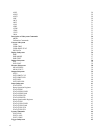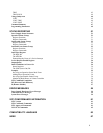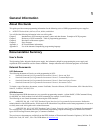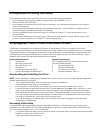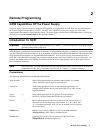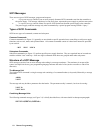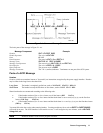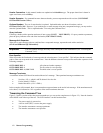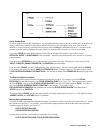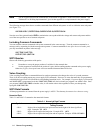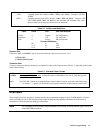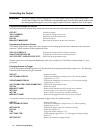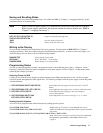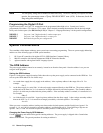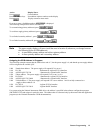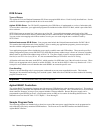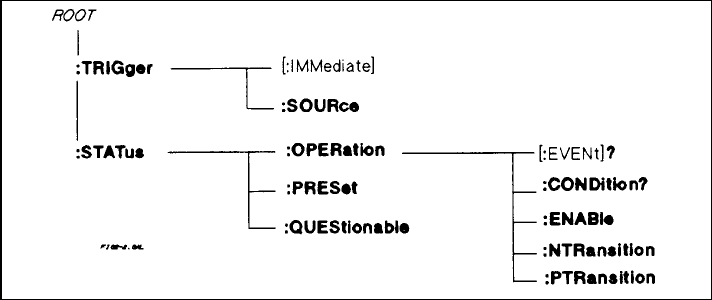
Remote Programming 13
Figure 2-2. Partial Command Tree
Active Header Path
In order to properly traverse the command tree, you must understand the concept of the active header path. When the power
supply is turned on (or under any of the other conditions listed above), the active path is at the root. That means the
interface is ready to accept any command at the root level, such as TRIGger or STATus in Figure 2-2. Note that you do
not have to precede either command with a colon; there is an implied colon in front of every root-level command.
If you enter STATUS, the active header path moves one colon to the right. The interface is now ready to accept :
OPERATION, :PRESET, or QUESTIONABLE as the next header. Note that you must include the colon, because it is required
between headers.
If you next enter :OPERATION, the active path again moves one colon to the right. The interface is now ready to accept
:EVENT?, CONDITON?, ENABLE, NTRANSITION, or PTRANSITION as the next header.
If you now enter :ENABLE, you have reached the end of the command string. The active header path remains at :ENABLE.
If you wished, you could have entered :ENABLE 18;PTRANSITION 18 and it would be accepted. The entire message would
be STATUS:OPERATION:ENABLE 18;PTRANSITION 18. The message terminator after PTRANSITION 18 returns the path to the
root.
The Effect of Optional Headers
If a command includes optional headers, the interface assumes they are there. For example, if you enter STATUS:
OPERATION?, the interface recognizes it as STATUS: OPERATION: EVENT? (see Figure 2-2). This returns the active path to
the root (:STATUS). But if you enter STATUS: OPERATION: EVENT?, then the active path remains at :EVENT. This allows
you to send STATUS: OPERATION: EVENT?; CONDITION? in one message. If you tried to send
STATUS:OPERATION?;CONDITION? the command path would send STATUS:OPERATION:EVENT? and then return to
:STATUS instead of to :CONDITION.
The optional header SOURCE precedes the current, digital, and voltage subsystems (see Figure 3-2). This effectively makes
:CURRENT, :DIGITAL, and :VOLTAGE root-level commands.
Moving Among Subsystems
In order to combine commands from different subsystems, you need to be able to restore the active path to the root. You do
this with the root specifier (:). For example, you could clear the output protection and check the status of the Operation
Condition register as follows (see Figure 3-2):
OUTPUT:PROTECTION:CLEAR
STATUS:OPERATION:CONDITION?
By using the root specifier, you could do the same thing in one message:
OUTPUT:PROTECTION:CLEAR;:STATUS:OPERATION:CONDITION?



